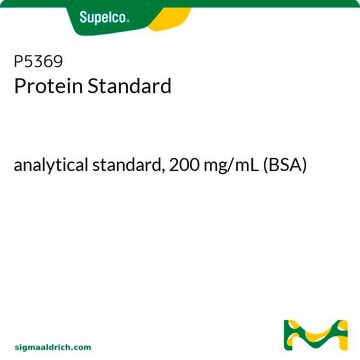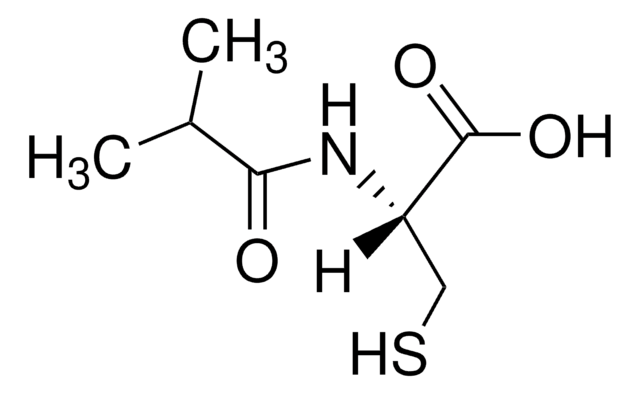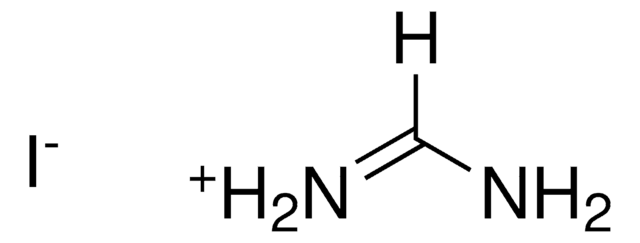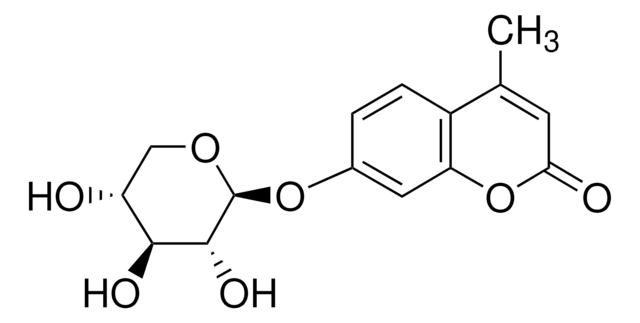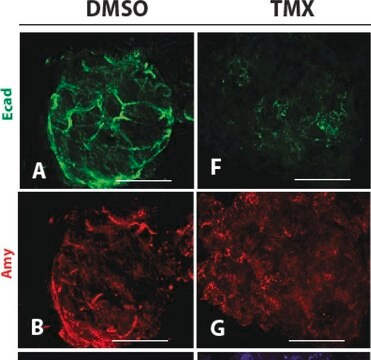P7658
Poly(D-Glu, D-Lys) hydrobromide
suitable for ligand binding assays, Mol wt 20,000-50,000
About This Item
Prodotti consigliati
Nome del prodotto
Poly(D-Glu, D-Lys) hydrobromide, D-Glu:D-Lys (6:4), mol wt 20,000-50,000
Stato
powder
Livello qualitativo
Rapporto d’alimentazione
D-Glu:D-Lys (6:4)
PM
20,000-50,000
tecniche
ligand binding assay: suitable
Colore
white
Temperatura di conservazione
−20°C
Categorie correlate
Risultati analitici
Altre note
Codice della classe di stoccaggio
11 - Combustible Solids
Classe di pericolosità dell'acqua (WGK)
WGK 3
Punto d’infiammabilità (°F)
Not applicable
Punto d’infiammabilità (°C)
Not applicable
Dispositivi di protezione individuale
Eyeshields, Gloves, type N95 (US)
Scegli una delle versioni più recenti:
Certificati d'analisi (COA)
Non trovi la versione di tuo interesse?
Se hai bisogno di una versione specifica, puoi cercare il certificato tramite il numero di lotto.
Possiedi già questo prodotto?
I documenti relativi ai prodotti acquistati recentemente sono disponibili nell’Archivio dei documenti.
Articoli
Humankind has utilized protein materials throughout its existence, starting with the use of materials such as wool and silk for warmth and protection from the elements and continuing with the use of recombinant DNA techniques to synthesize proteins with unique and useful properties.
Il team dei nostri ricercatori vanta grande esperienza in tutte le aree della ricerca quali Life Science, scienza dei materiali, sintesi chimica, cromatografia, discipline analitiche, ecc..
Contatta l'Assistenza Tecnica.![1-[2-(Trimethylsilyl)ethoxycarbonyloxy]pyrrolidin-2,5-dione](/deepweb/assets/sigmaaldrich/product/structures/315/669/b4696f8e-7012-4d38-8354-dcfd174cc558/640/b4696f8e-7012-4d38-8354-dcfd174cc558.png)
